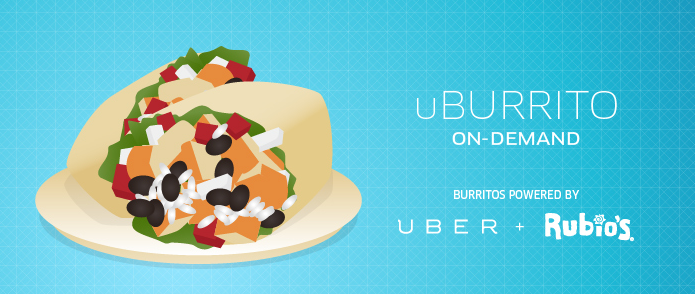By design, the Internet trends towards monopoly: There’s one major social network (Facebook), search engine (Google), encyclopedia (Wikipedia) business network (LinkedIn), classified-ads website (Craigslist), retail site (Amazon), auction site (eBay), and micro-blogging service (Twitter).
“Over the long haul, competition has been the exception, monopoly the rule,” explained father of Net Neutrality, political candidate, and law professor Tim Wu.
The Internet invariably trends toward monopolies because it’s more efficient to go where everyone else is already at; a world where both MySpace and Facebook exist is a real pain in the neck, from a convenience perspective. There will be one website to rule them all.
Transportation may very well be the next big monopoly, and Uber has set its sight on winning the crown. Uber has raised five times more funding that the second-place opponent, Lyft.
Today, Uber took an important step toward creating a new monopoly with a software feature (API) that allows anyone to use its services to bring any item from point A to point B, whether it’s a person in a taxi or a maid with a raft of cleaning supplies.
The API launched with 11 big partners, allowing Uber to notify a restaurant if a dinner date is arriving late through OpenTable or to call a cab to the airport from the United Airlines app.
“You’re going to see the dorm-room developers start to develop on this platform, too,” explained Emil Michael, senior vice president of business.
Once a platform, Uber doesn’t have to worry about the existing set of competitors as much. With enough location data and partners, it may very well become the underlying service that all ride-sharing apps, such as Lyft and Sidecar, use to get customers. Sidecar, which lets users browse ride by price, could simply become a feature on the Uber platform.
Lyft prides itself on the unique customer service of its fist-bumping drivers; but that could simply be an options tab on Uber, much like a van service or limousine service is now. Want a friendly fist-bumping driver? Select it as an option on Uber. Both Lyft and Uber get a cut of the profit, and the user saves time by using one platform.
Uber has its sights set on more than rides. It occasionally experiments with transportation logistics, delivering everything from burritos to impromptu gay weddings services. Uber CEO Travis Kalanick has already hinted that the company is mulling a shift towards to become an on-demand-everything company.
Uber has a long way to go before it can both create a new monopoly and take that coveted position. It would have to subsume UPS, just as Amazon has begun subsuming local booksellers.
Uber’s move toward becoming a platform is reminiscent of how both Amazon and Facebook eventually took over their own corners of the Web. Back in 2006, when Facebook and MySpace were equal rivals, Facebook opened up its platform to developers. The move skyrocketed Facebook ahead of the once-dominant MySpace as it brought on droves of users with games, charity apps, and news.
If the history of the Internet is any indication, transportation could very well be the next monopoly, and Uber could be the next tech giant.



